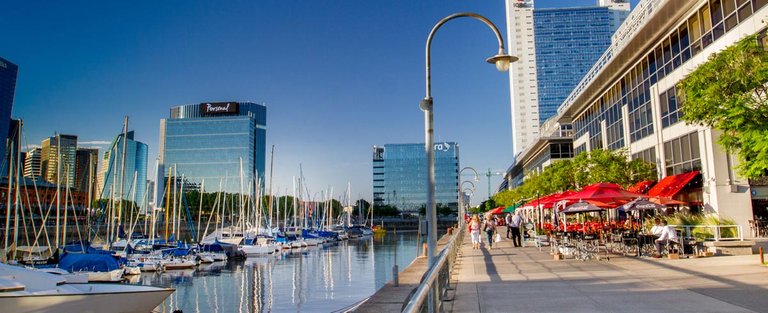
At the end of the 19th century, the need to create a port that would connect Buenos Aires with Europe, in the context of the rise of the agro-export model, led the engineer Eduardo Madero to present his own project, to whom the neighborhood owes its name.
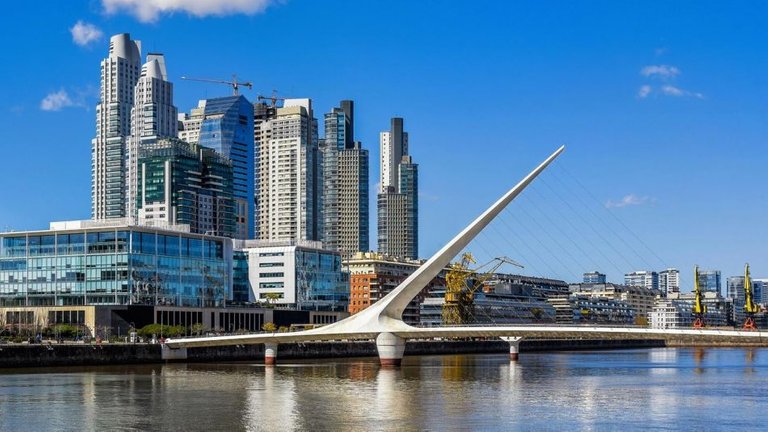
Going through the history of Puerto Madero helps us understand how what has been abandoned can have life and utility again. An adequate urban planning and a lot of effort and work managed to make this area one more neighborhood of our City.
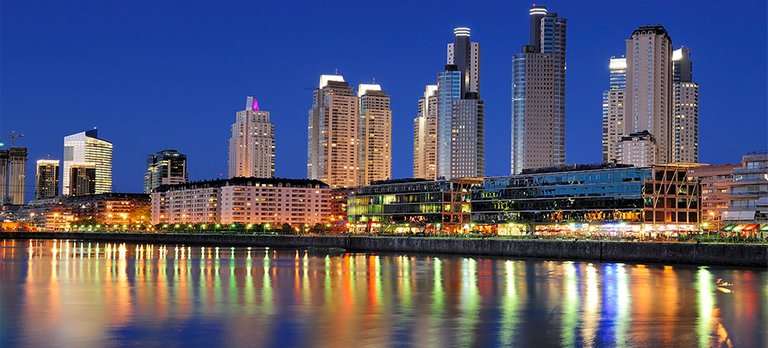
From a place of passage to a meeting place, from abandoned to one of the busiest tourist areas in Buenos Aires. Puerto Madero today combines elegance with simplicity, the warmth of the City and the breeze from the river, a modern style that does not neglect its historical components.
A look back, a return to his first years of life on the Buenos Aires scene, is essential to understand the history of this neighborhood.
At the end of the 19th century, the need to create a port that would connect Buenos Aires with Europe, in the context of the rise of the agro-export model, led the engineer Eduardo Madero to present his own project. The plan consisted of the construction of four closed docks, interconnected by bridges, and two docks, north and south.
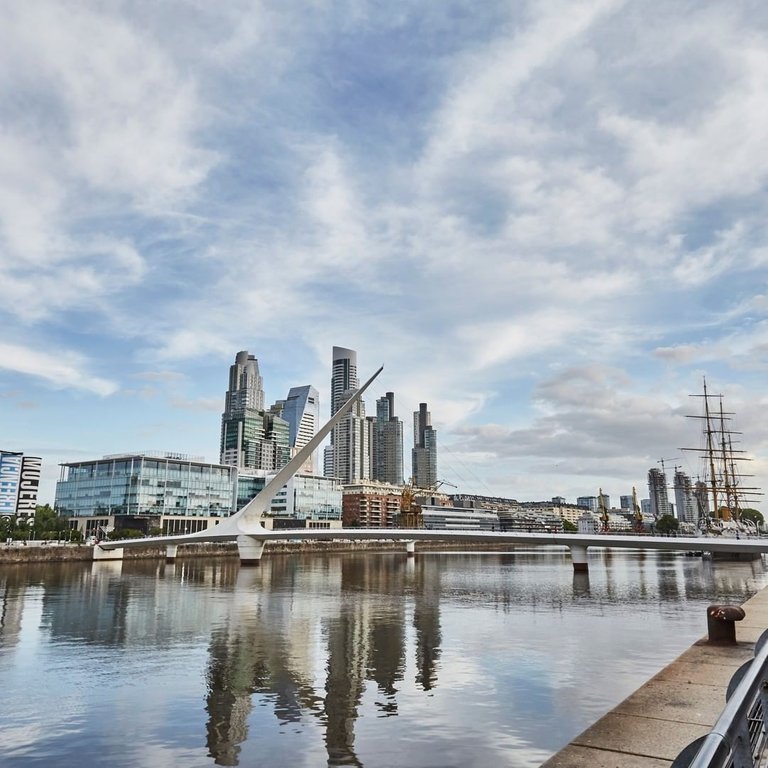
The construction of this port came to fill an uninhabited and wild space. It was approved by then President Julio Argentino Roca, at the end of 1884, and between 1900 and 1905 sixteen reddish brick docks were built, clear exponents of English utilitarian architecture. The docks had between three and four floors with a basement, warehouses that would be used to store grain and other items for export.
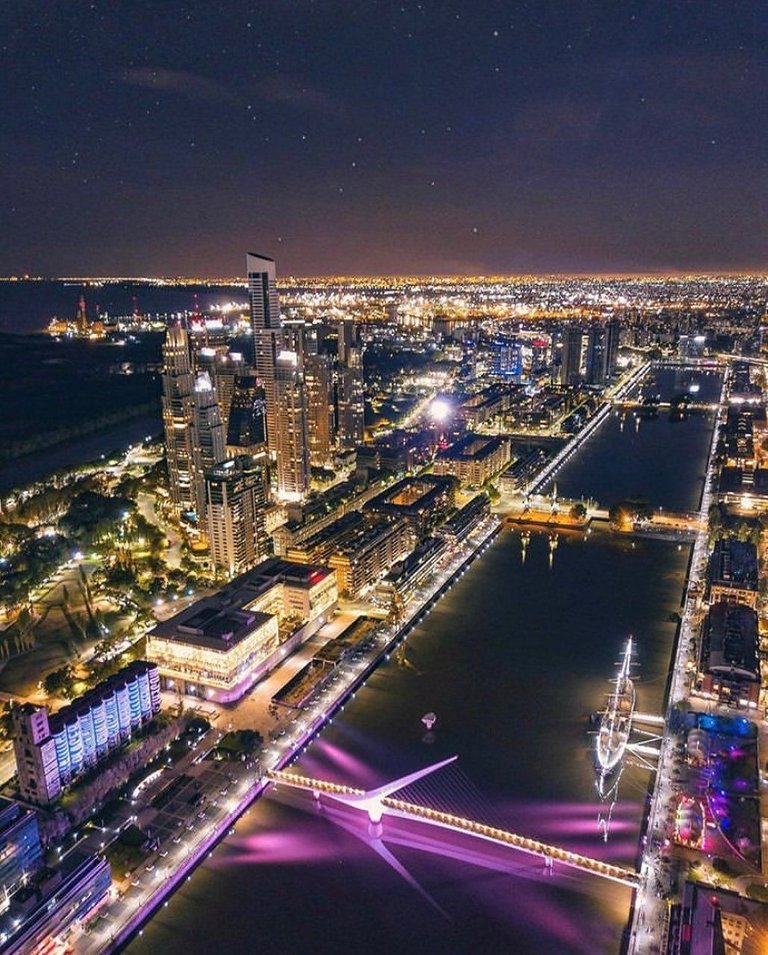
However, due to the increase in freight traffic and the increase in passenger movement, by 1910 this port was insufficient. A year later, work began to expand the port area, with comb-shaped docks, the work of engineer Luís Augusto Huergo.
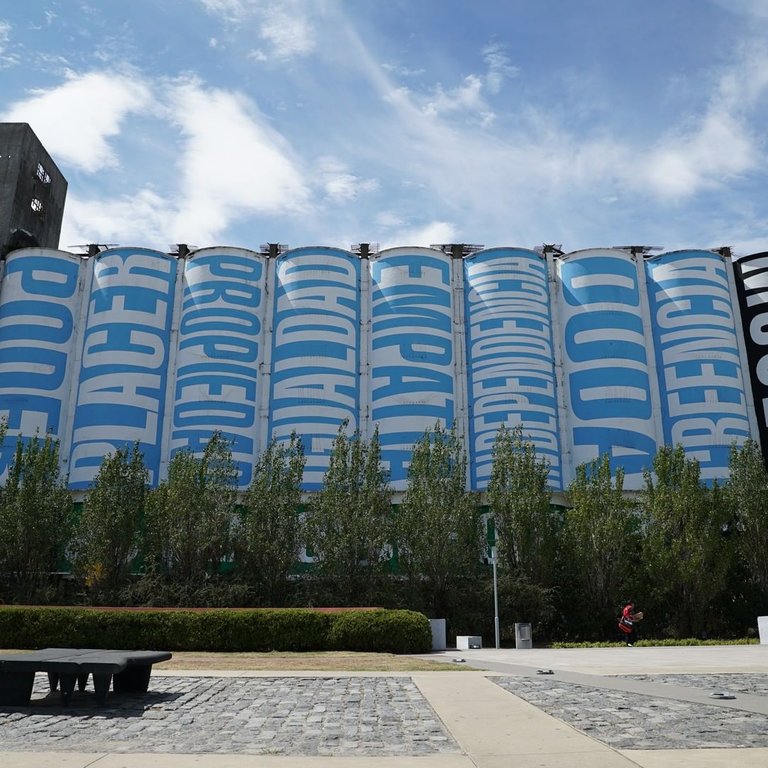
The renovation of the old port began in 1989 with the State Reform Law and the creation of the Corporación Antiguo Puerto Madero. Its main objective was to urbanize its 170 hectares and revalue the central area of the City.
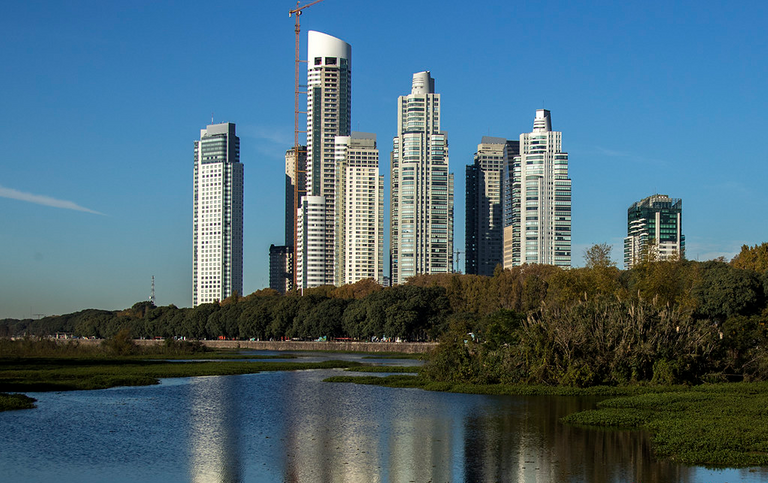
This project consisted, on the one hand, in the creation of a narrow building strip located between the dikes, two large parks, wide boulevards, pedestrian walkways and the construction of a varied number of towers. In addition, in the design of the pedestrian promenade and the headwaters of the dikes, original cobblestones and sleepers were recovered, which give an extra affective value to the area. Old strategically located cranes were painted and lit, evoking the port spirit.

On the other hand, the old merchandise docks were recycled, conserving their exposed brick fronts and their cast iron beams to maintain their historical value. The renovation of these sheds, aligned at regular intervals in front of the water mirrors, gave elegance, prestige and identity to Puerto Madero, with the vaulted shape of its alcoves and galleries. Today, they house lofts and emblematic buildings with unique views, offices, restaurants, pubs, universities and different works of great architectural quality. In 1996, the second stage of the urbanization plan began, from the sale of plots and, in December of the same year, the Deliberative Council, through Ordinance No. 26,607, incorporated Puerto Madero as neighborhood number 47.

From port to neighborhood of excellence, this port area became, after decades of inactivity, an international example of urban reconversion. The development of a new relationship between the City and the river, the recycling of its docks, the opening of new streets and boulevards, the inclusion of parks and squares and, above all, the resignification of public space, made this neighborhood one of the the most picturesque of Buenos Aires.
Congratulations @demn! You have completed the following achievement on the Hive blockchain and have been rewarded with new badge(s):
Your next target is to reach 60 posts.
You can view your badges on your board and compare yourself to others in the Ranking
If you no longer want to receive notifications, reply to this comment with the word
STOPTo support your work, I also upvoted your post!
Support the HiveBuzz project. Vote for our proposal!